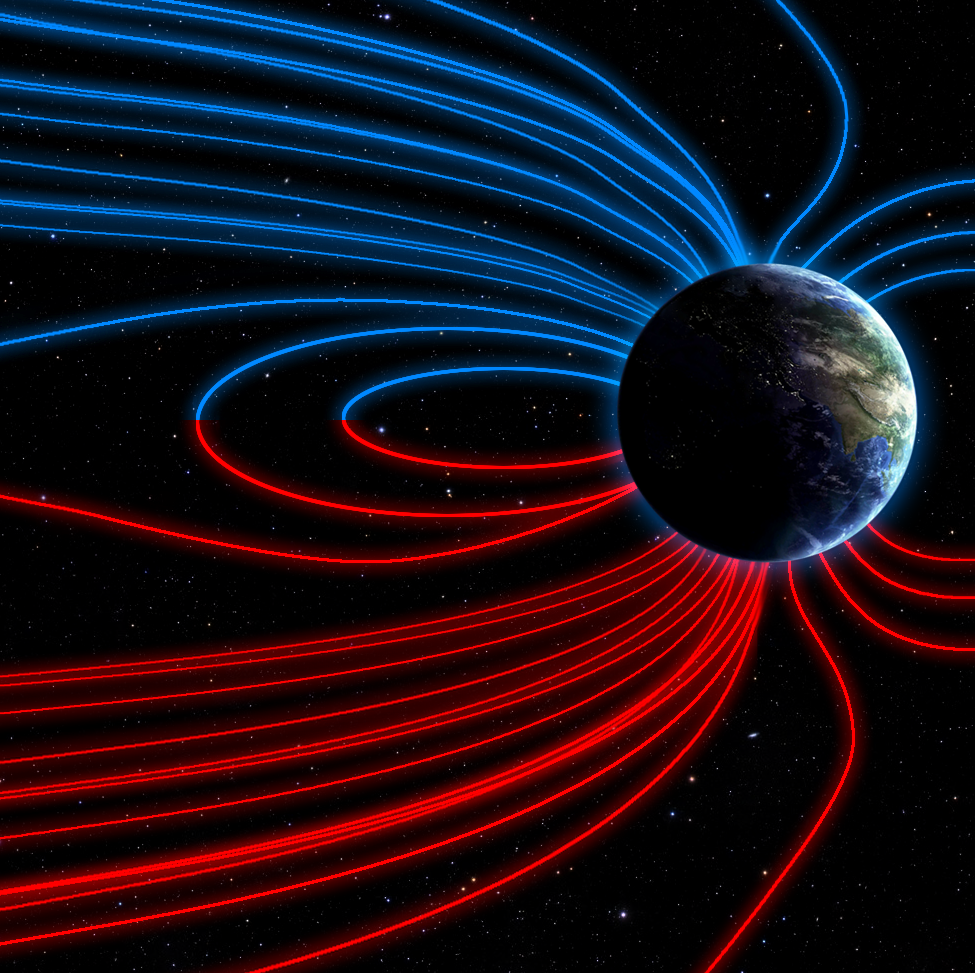June 21, 2021
This video will be part of a public video on nova events. It will be lost in the larger mix of that video for many, and others wont understand its significance. For veteran observers, this is one for contemplation. It is hard to believe we’re actually getting as much information as we are getting. There are scientist who know about the galactic current sheet and are discussing it… even if some are discussing it as being of a different process. This segment, by itself, is necessary information about the galactic current sheet.
Additionally, I’d like to add my personal speculations here on the website only. The full wavelength of one sheet should be around 100 light years, but since we get hit twice – as the wave goes up and as the wave goes down, the 50 light years travel distance for the sheet in the cycle makes sense, and for those who want to account for the 6000 year half cycle with this mechanism as well, that puts us at about 50 light years traveled every 6000 or 12,000 years. That’s around one to two million MPH, or a very strong CME.
The more I ponder the question of 6000 vs 12,000 years for the cycle, the more I like the idea off getting hit every 6000 years, specifically because it makes sense in he realm of how the sun’s current sheet and interplanetary magnetic field angle affect solar wind geo-effectiveness at earth. Southward facing and the solar wind couples and integrates… if it points north the energy is strongly deflected. This alternating polarity would also produce different effects, perhaps a superflare vs micronova, alternating like the magnetic shift each time the sheet hits up vs down.
-Ben
FYI, if you presume the current sheet is moving at 1 million MPH (very reasonable) and it takes 200 years or us to fully pass through the sheet (advanced catastrophism concept from the disaster cycle series), then it is approximately 18,000 AU thick, which is about .2 light years. To imagine this, Pluto is about 40 AU away from the sun, so picture Pluto’s circle orbit, put 200 of those side by side, and that is the thickness of the sheet itself, which is why although it arrived in 1859, it is still a few years to decades from completion. This is key distinction from the wavelength of the up and down curve, which is what is “tens of light years across” – the sheet itself, is not some thin line in the sand, but an electric field double layer about 18,000 AU thick.
Leave a Comment
You must be logged in to post a comment.


Since we know the distance from us to other stars, closer to the center of the galaxy, and we can calculate the speed of the shock wave, then we should be able to get a better idea of the other question: When will it hit our solar system?
Yes, this does help “with the stats.” The Tall and Wide light years breakdown while seeing the visuals, clicked another conceptualization into place. Thanks for this Observer’s tutorial.
Have you considered the affect the current sheet will have as it impacts the galaxy? Should the Earth be in line to be hit before it impacts the Sun? Will this impact cause major affects prior to it hitting the sun . . . and causing Nova-like consequences? From what celestial direction will it be arriving? Do you have this figured?